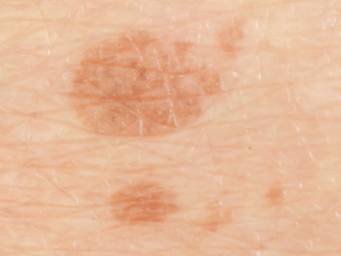Reason For Pigmentation On Face. Causes of Pigmentation Your skin tone is the result of a complex process during which special cells inside the outer layer of your skin called melanocytes produce melanin. It's produced by skin cells called melanocytes.

Albinos have an abnormal gene that restricts the production of melanin.
Our skin has cells called melanocytes, located at the bottom layer of the epidermis, produce melanin, which serves as a protection against UV radiation.
The pigmentation generally involves the centrofacial area. A common cause of hyperpigmentation is an excess production of melanin. Hyperpigmentation is a common skin condition. The color of the skin, hair, and eyes are due to the production of melanin in the body. When the condition becomes severe, it could lead to melisma, sun spots, freckles, liver spots and age spots. Excessive sun exposure can cause the overproduction of melanin in the skin, which results to dark spot formation.
It's produced by skin cells called melanocytes. This is a common problem faced by both men and women. The pigmentation generally involves the centrofacial area. The most common areas for melasma to appear on the face include: the bridge. It causes inflammation of the skin which is a result of UV rays present in sunlight. Sun Exposure is the Number One Reason for Pigmentation on Face.
It is produced by special skin cells, whose function can get disturbed by genetics, hormonal imbalance and sun exposure. Skin discoloration around the mouth is caused by excess melanin production in your skin. Discolored skin patches also commonly develop in a certain part of the body due to a.






